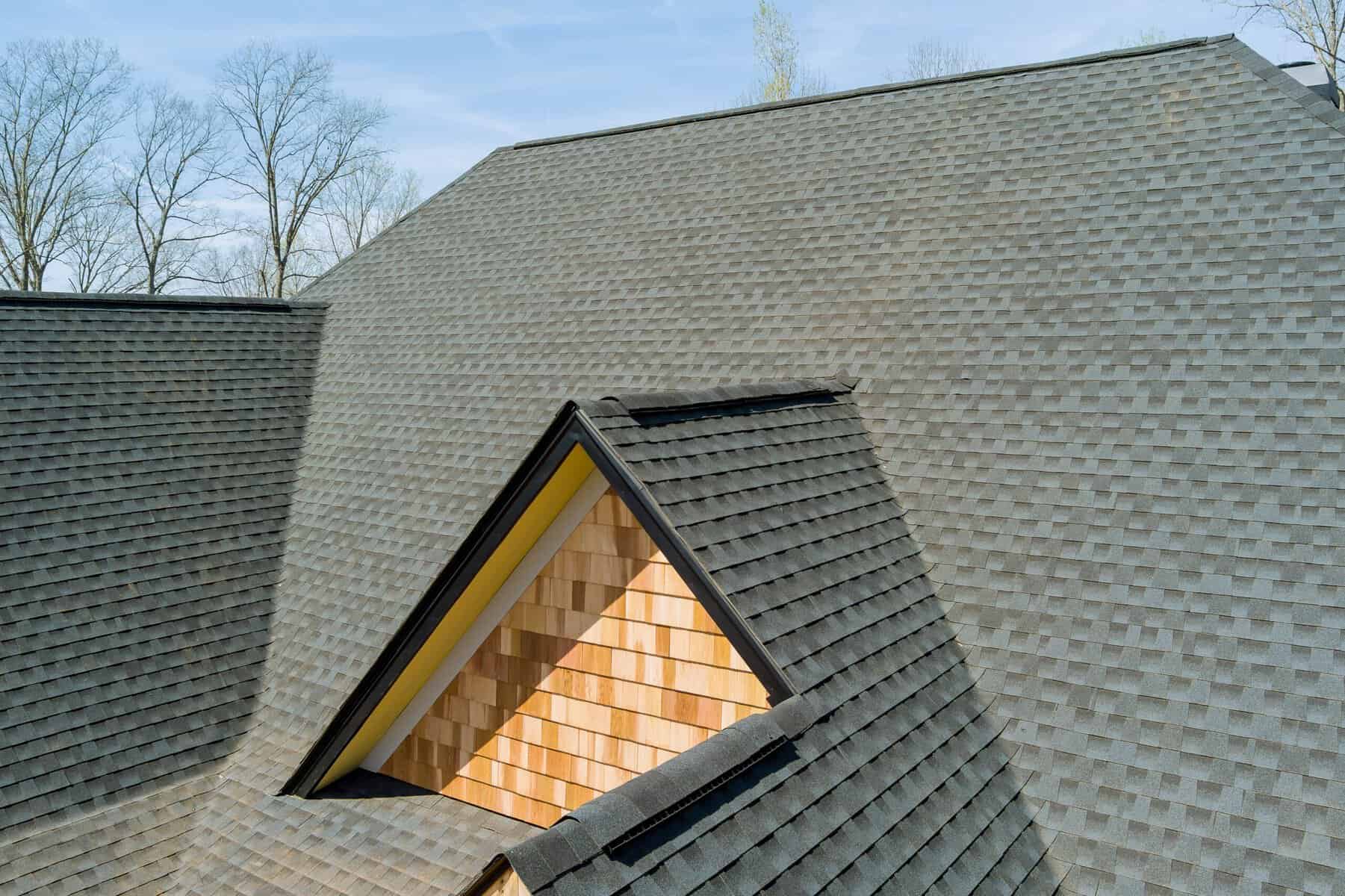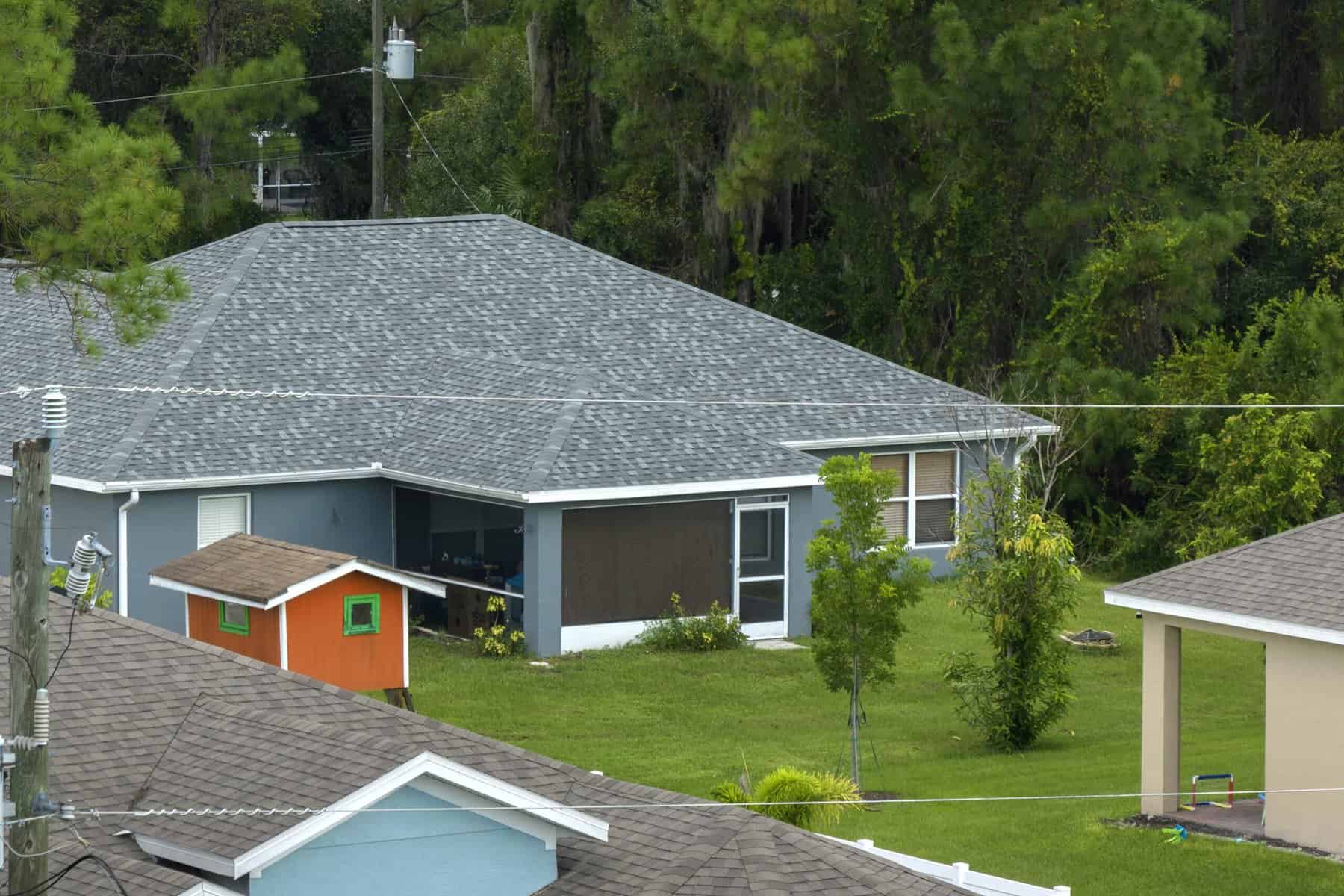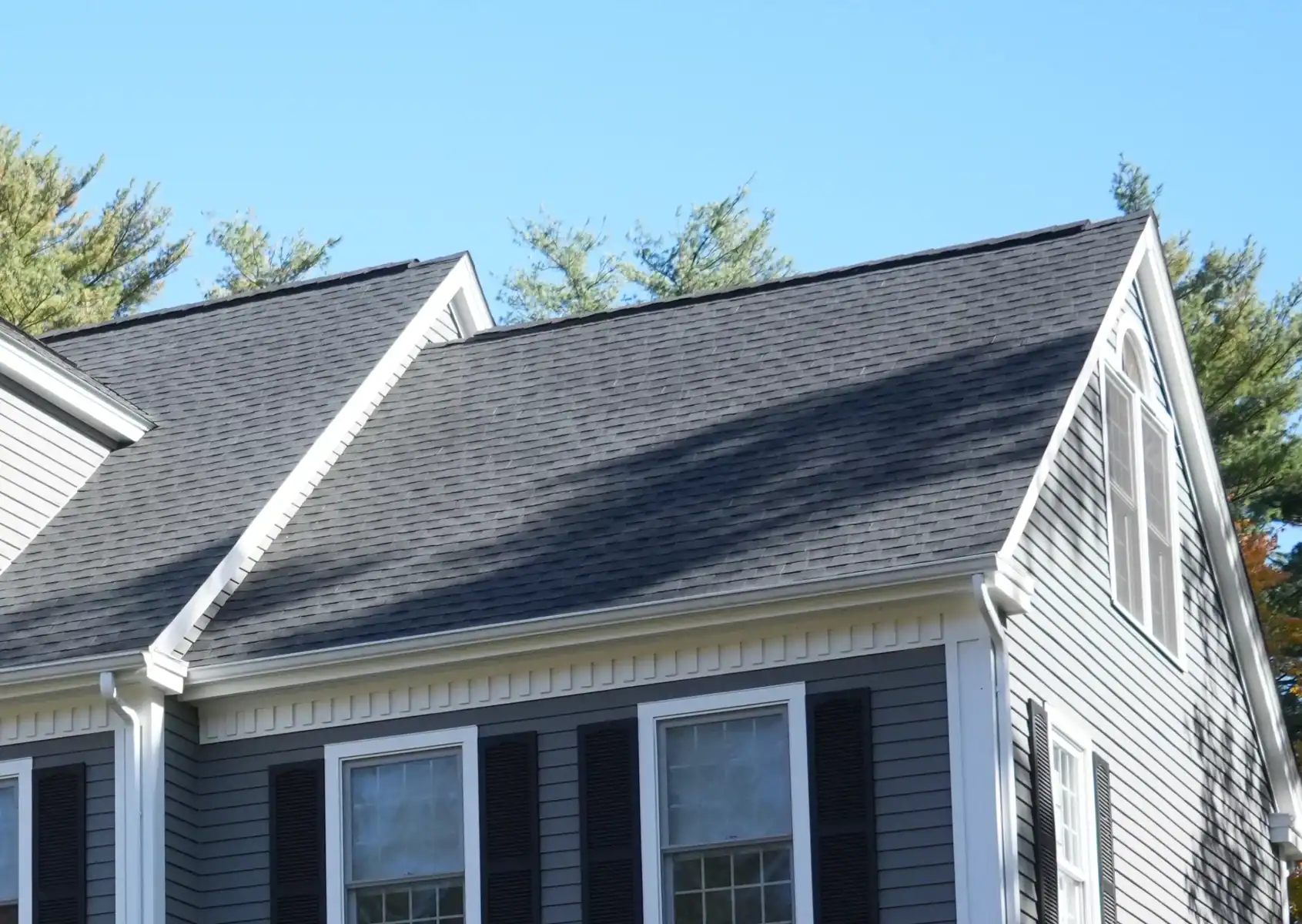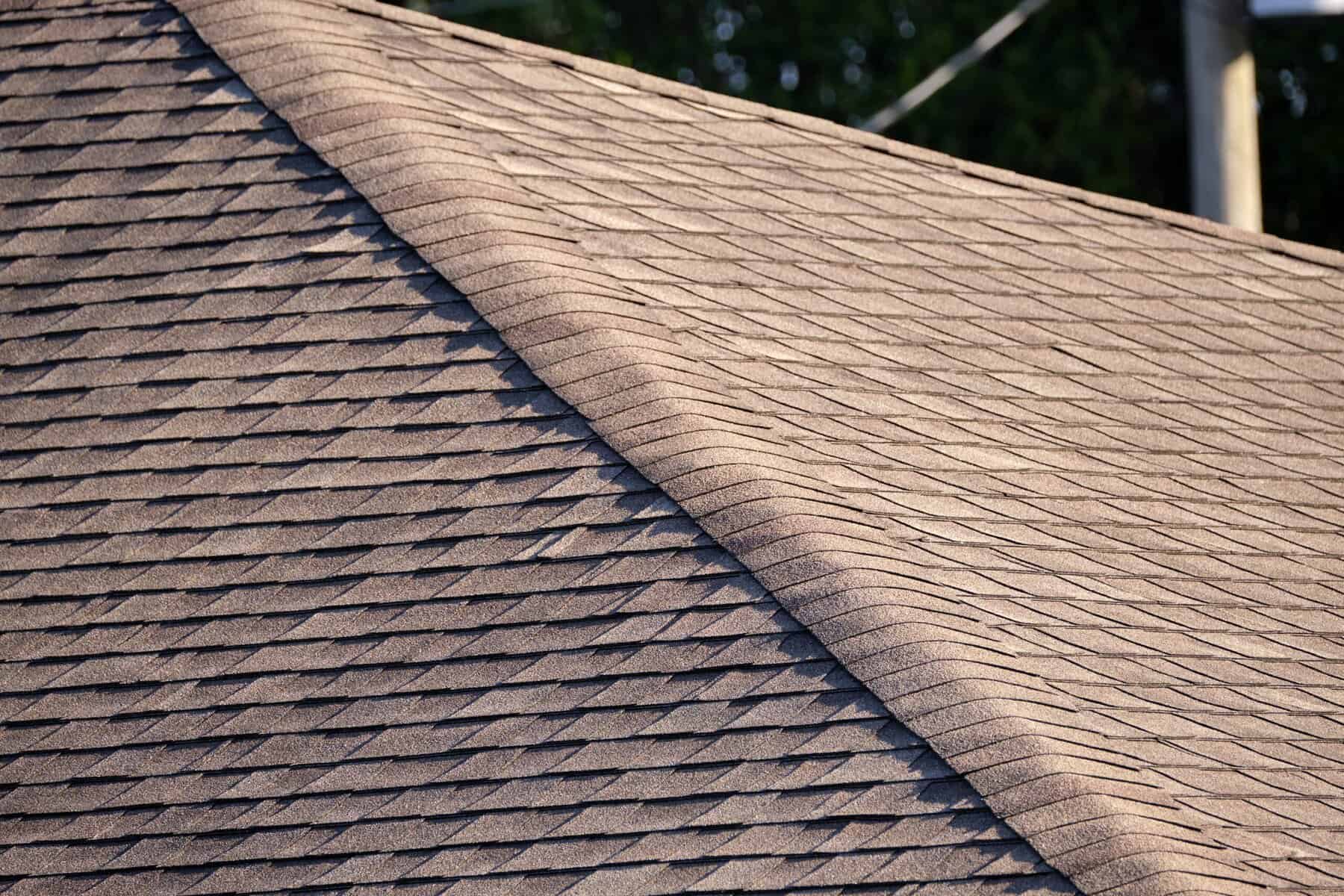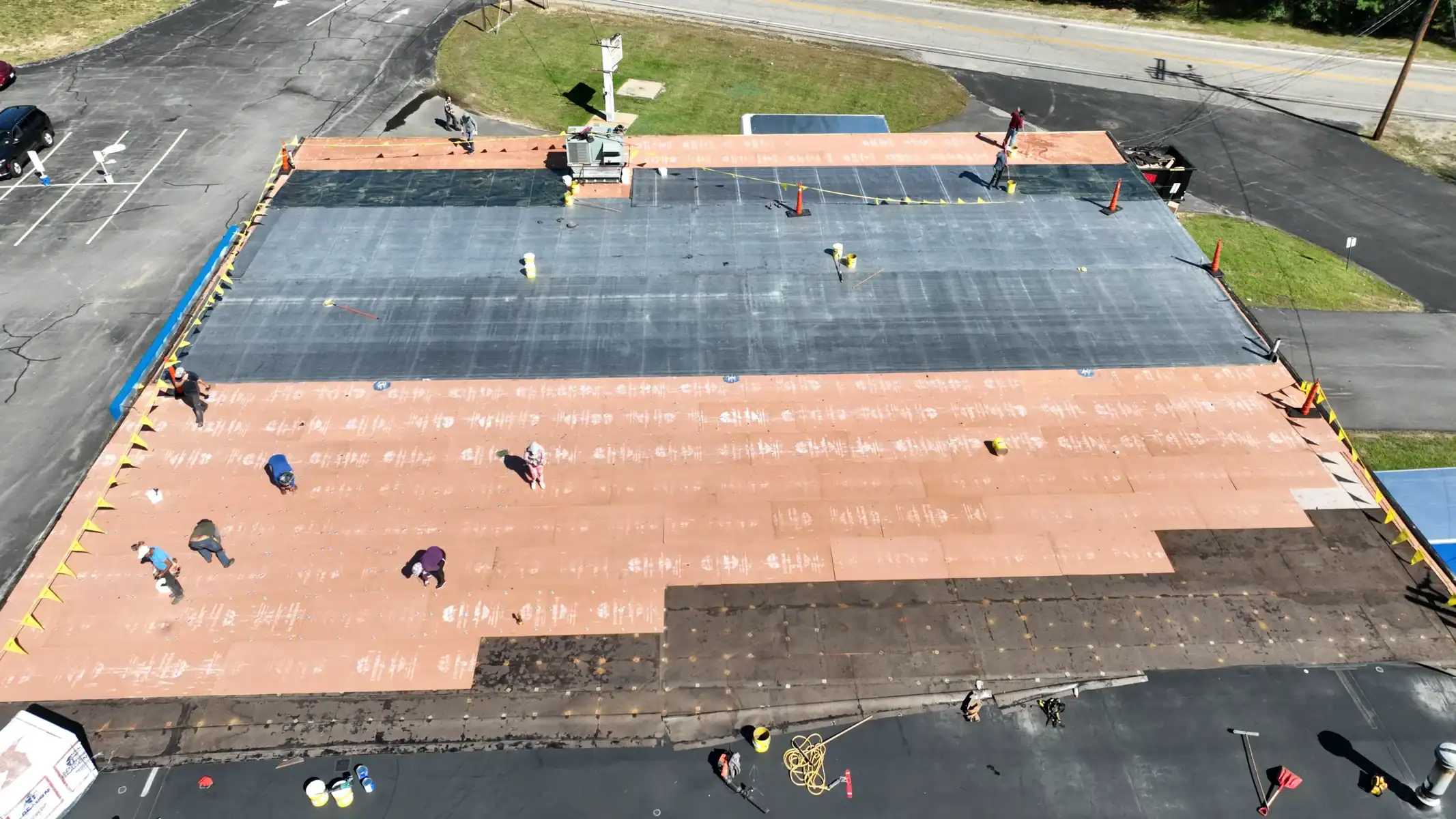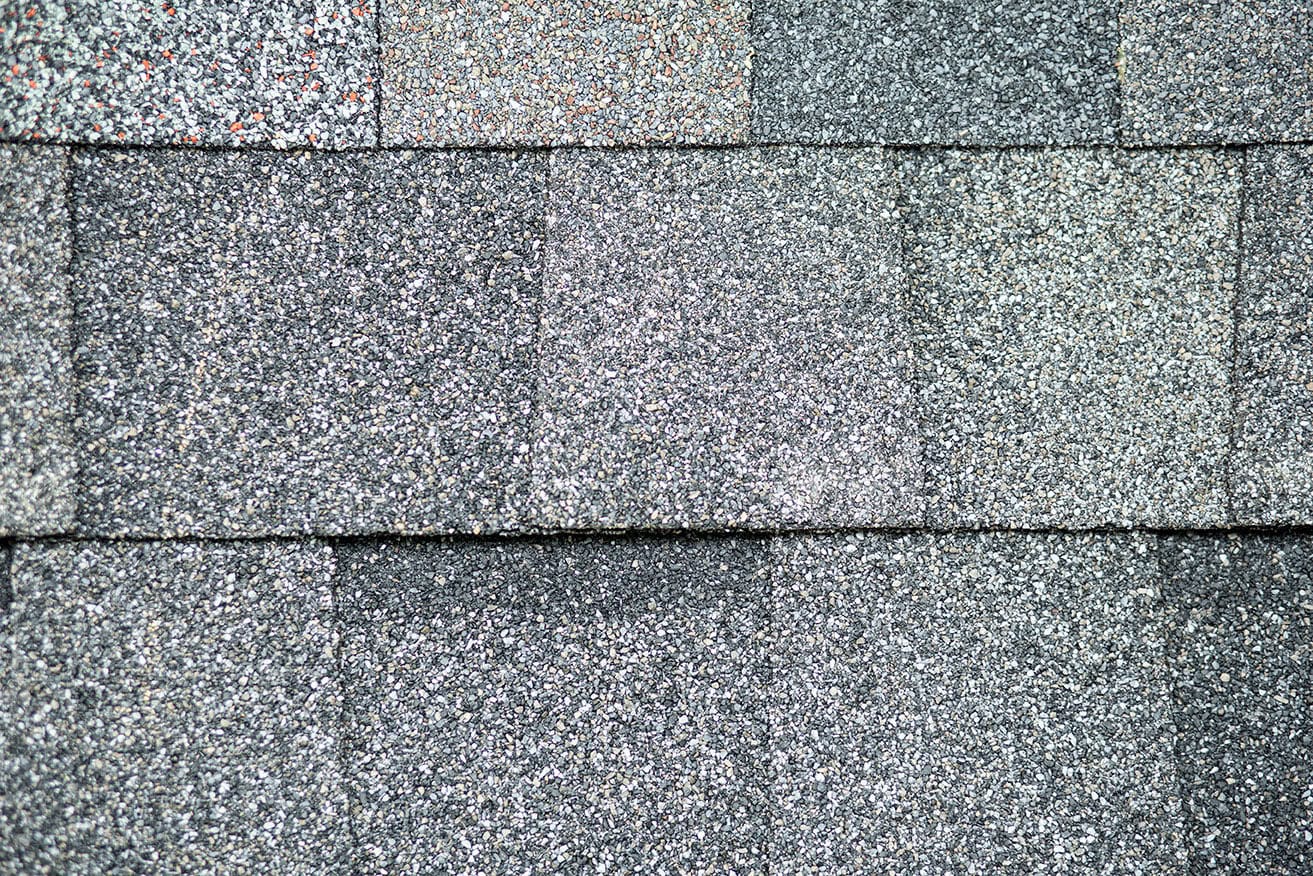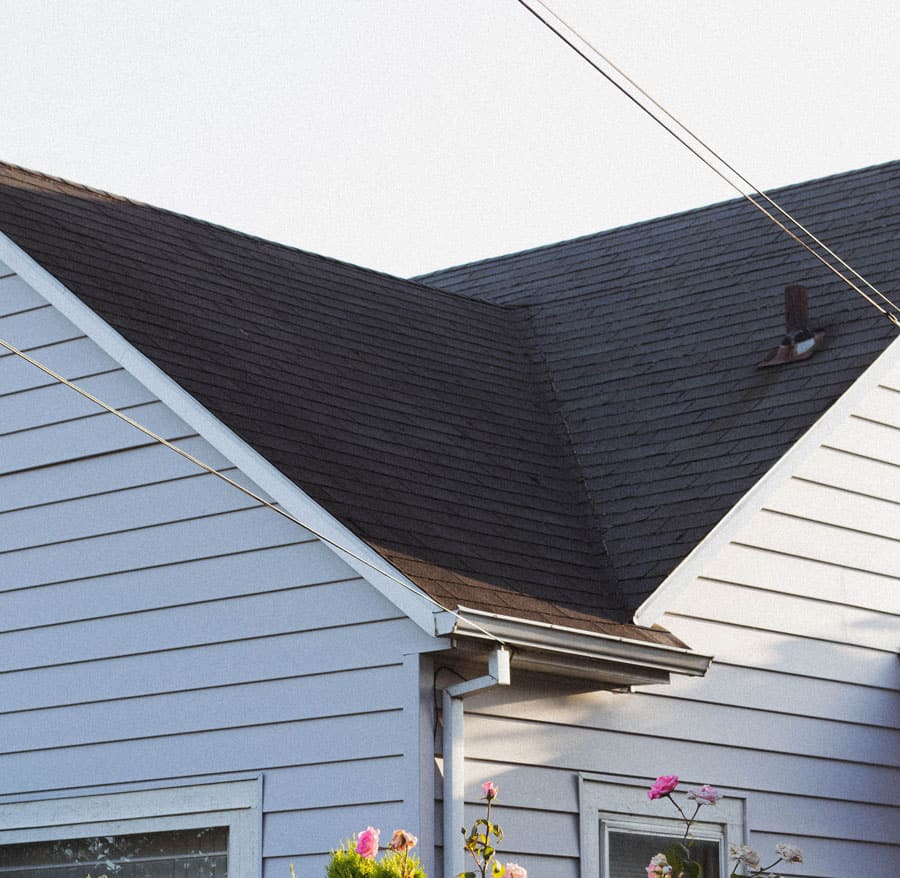Your home’s roof plays a critical role in protecting your property from the elements, ensuring energy efficiency, and influencing the overall curb appeal. When it comes to roofing materials, architectural asphalt shingles have emerged as a popular choice for homeowners due to their durability, versatility, and visual appeal. As a leading residential roofing contractor in New Hampshire and Southern Maine, J. Carnes & Son Roofing specializes in providing expert installation and maintenance services for asphalt shingle roofing systems. In this blog post, we will discuss the advantages of investing in architectural asphalt shingles and offer guidance for selecting the right roofing contractor for your project.
Architectural asphalt shingles, also known as dimensional or laminated shingles, are made from multiple layers of asphalt, fiberglass, and ceramic-coated granules, which provide enhanced strength, durability, and resistance to various weather conditions. These shingles are available in a wide range of colors, styles, and textures, allowing homeowners to customize their roofing system to complement the architectural style of their homes. By choosing architectural asphalt shingles, you can create a visually appealing and long-lasting roofing solution that adds value to your property.
At J. Carnes & Son Roofing, we understand the importance of a high-quality, resilient roofing system for your home. Our team of skilled professionals is committed to delivering exceptional service and industry-leading products to ensure your satisfaction and enhance your home’s protection, energy efficiency, and aesthetics. In the sections below, we will delve deeper into the benefits of architectural asphalt shingles, outline crucial considerations for selecting the right roofing material, and provide tips on choosing a reputable roofing contractor for your project.
Upgrade Your Home with Durable and Attractive Asphalt Shingle Roofing
Benefits of Architectural Asphalt Shingles
There are several reasons why architectural asphalt shingles have gained popularity among homeowners. Some significant advantages include:
1. Durability and Longevity: Architectural asphalt shingles feature multiple layers of asphalt and fiberglass, providing improved durability and a longer lifespan than traditional 3-tab shingles. These shingles can withstand harsh weather conditions, including heavy rain, hail, and strong winds, offering reliable protection for your home.
2. Aesthetic Appeal: With a wide variety of colors, styles, and textures available, architectural asphalt shingles can be customized to perfectly match the design of your home. The dimensional look of these shingles offers a more distinct and attractive appearance compared to their 3-tab counterparts.
3. Energy Efficiency: The granulated surface of architectural asphalt shingles reflects sunlight, preventing heat buildup in your home and reducing the need for air conditioning. This energy-efficient feature helps lower your home’s energy consumption and utility bills.
4. Cost-Effectiveness: While architectural asphalt shingles may have a higher initial cost than traditional 3-tab shingles, their extended lifespan and reduced maintenance requirements make them a more cost-effective investment in the long run.
Choosing the Right Asphalt Shingle for Your Home
When selecting the ideal architectural asphalt shingle for your roofing project, consider the following factors:
1. Style and Design: Ensure that the chosen shingle complements your home’s architectural style and enhances its curb appeal. Browse through various designs, colors, and textures to find the perfect match for your home’s exterior.
2. Weather Resistance: Assess the weather conditions in your area when choosing an asphalt shingle. Opt for shingles with enhanced resistance to the specific weather elements typical for your region, such as high winds, heavy rainfall, or hail.
3. Warranty: Consider the warranty offered by the shingle manufacturer. A robust warranty provides added peace of mind and protects your investment should any issues arise.
4. Certification: Select architectural asphalt shingles that have been certified by organizations like Underwriters Laboratories (UL) or the American Society for Testing and Materials (ASTM). These certifications serve as a testament to the product’s quality and performance.
Maintenance Tips for Asphalt Shingle Roofs
Proper maintenance is crucial to ensure the longevity and optimal performance of your architectural asphalt shingle roof. Follow these maintenance tips to protect your investment:
1. Roof Inspections: Schedule regular roof inspections with a professional roofing contractor to identify potential issues, such as damaged or missing shingles, before they escalate into more significant problems.
2. Gutter Maintenance: Keep your gutters clean and well-maintained to prevent water buildup, which could cause damage to your roof’s structure.
3. Ventilation: Ensure that your attic has proper ventilation to maintain a balanced temperature and prevent heat buildup, which could lead to premature aging of your asphalt shingles.
4. Debris Removal: Regularly remove any debris, such as leaves, twigs, or moss, from your roof to prevent damage and maintain its appearance.
Selecting the Right Roofing Contractor
Choosing a reputable and experienced roofing contractor is crucial for a successful and stress-free roofing project. Consider the following factors to make the right selection:
1. Experience: Opt for a roofing contractor with extensive experience in installing and maintaining architectural asphalt shingle roofs. This ensures they have the necessary expertise to deliver quality results.
2. Licensing and Insurance: Check that your prospective contractor holds a valid license and adequate insurance coverage, which shields you from potential liability or financial loss.
3. Portfolio and References: Request a portfolio of completed projects and ask for references to gauge the contractor’s reliability and quality of workmanship.
4. Communication and Transparency: Ensure your roofing contractor maintains open communication, provides regular progress updates, and is transparent about costs and timelines associated with the project.
Conclusion
Architectural asphalt shingles offer a perfect blend of durability, versatility, and aesthetic appeal, making them an ideal choice for your home’s roofing needs. By understanding the benefits and considerations associated with these shingles and partnering with an experienced and trusted roofing contractor, you can ensure a successful and long-lasting roofing solution for your home.
J. Carnes & Son Roofing is one of the leading residential roofing companies in New Hampshire and Southern Maine, specializing in architectural asphalt shingle installation and maintenance. Our team of skilled professionals is dedicated to providing exceptional service, tailored solutions, and unmatched expertise to help you achieve your dream roofing system. Contact us today to discuss your roofing needs and discover the benefits of architectural asphalt shingles for your property.

